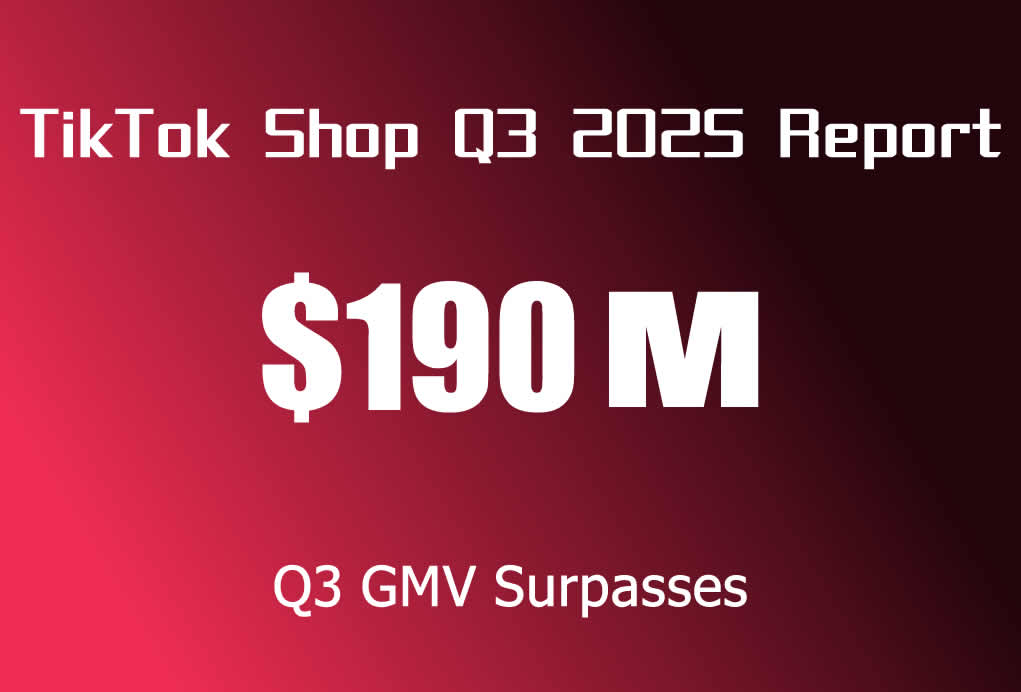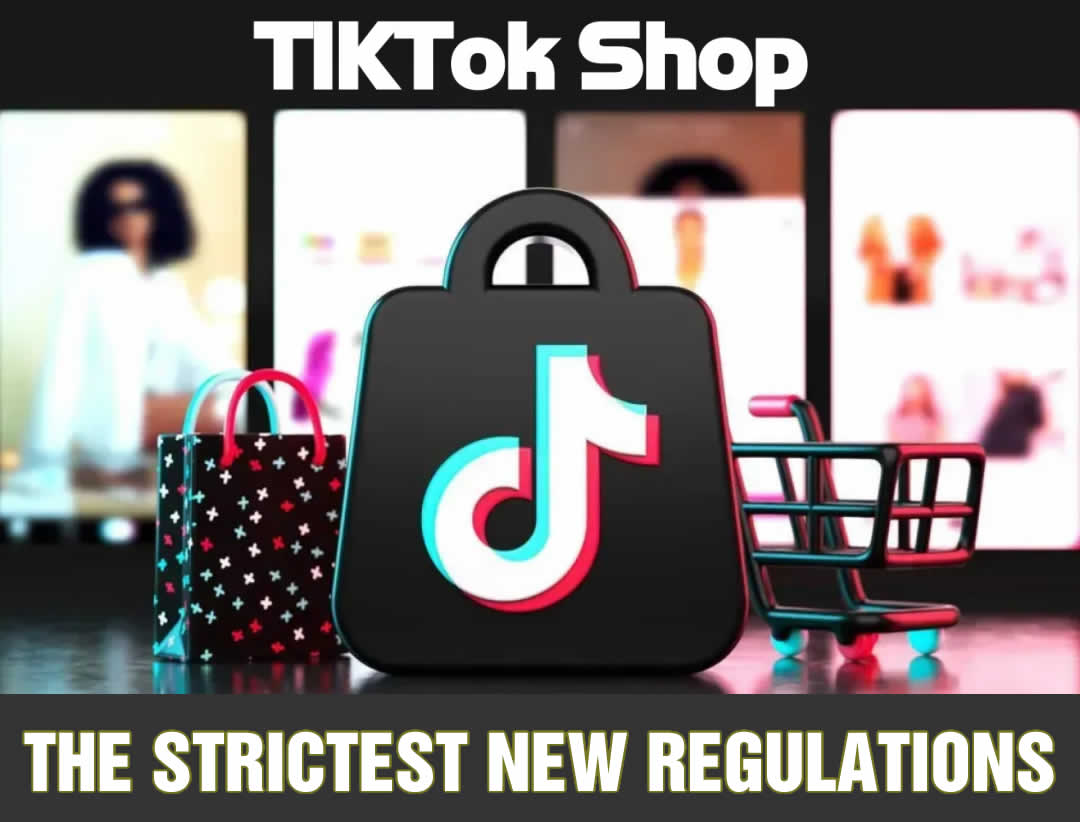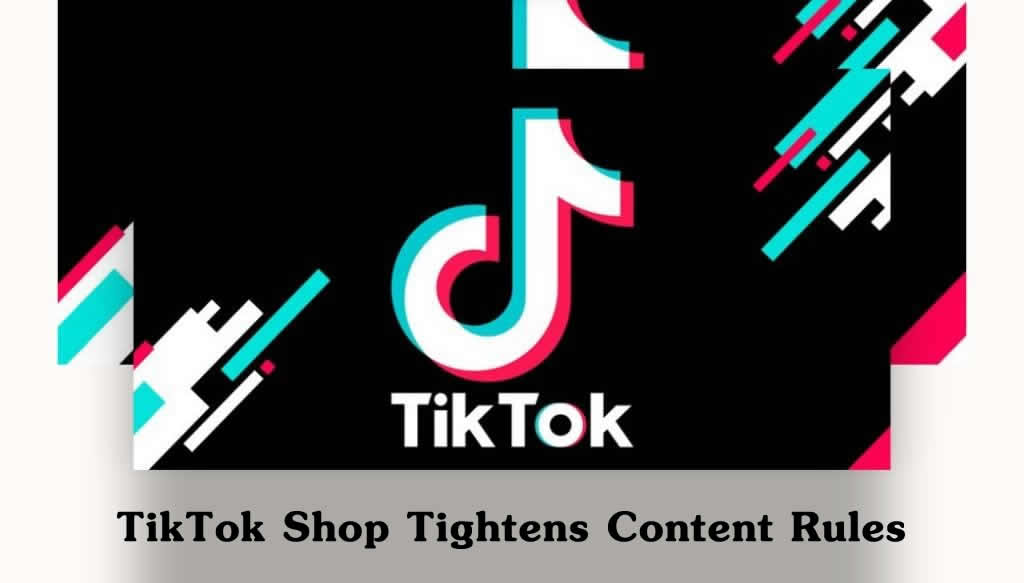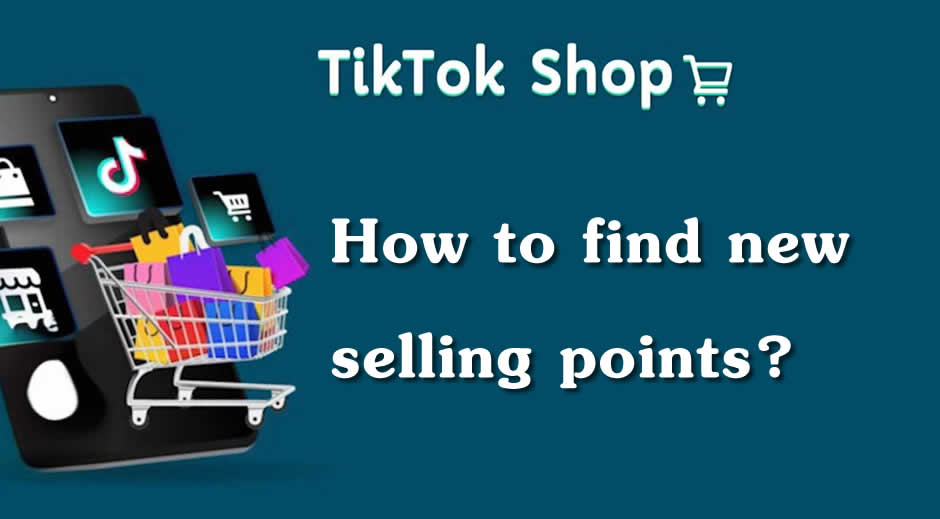Many people are curious: how long can a product actually sell on TikTok?
The truth is, there’s no standard answer.
Some products stop selling after just two weeks, while others can last three months or even longer.
And when it comes to judging how long a product can keep selling, the key isn’t about the total sales volume.
It’s about the competition—whether the target consumer group has already been completely tapped out by other sellers.
As long as there’s still an audience, the product still has potential.
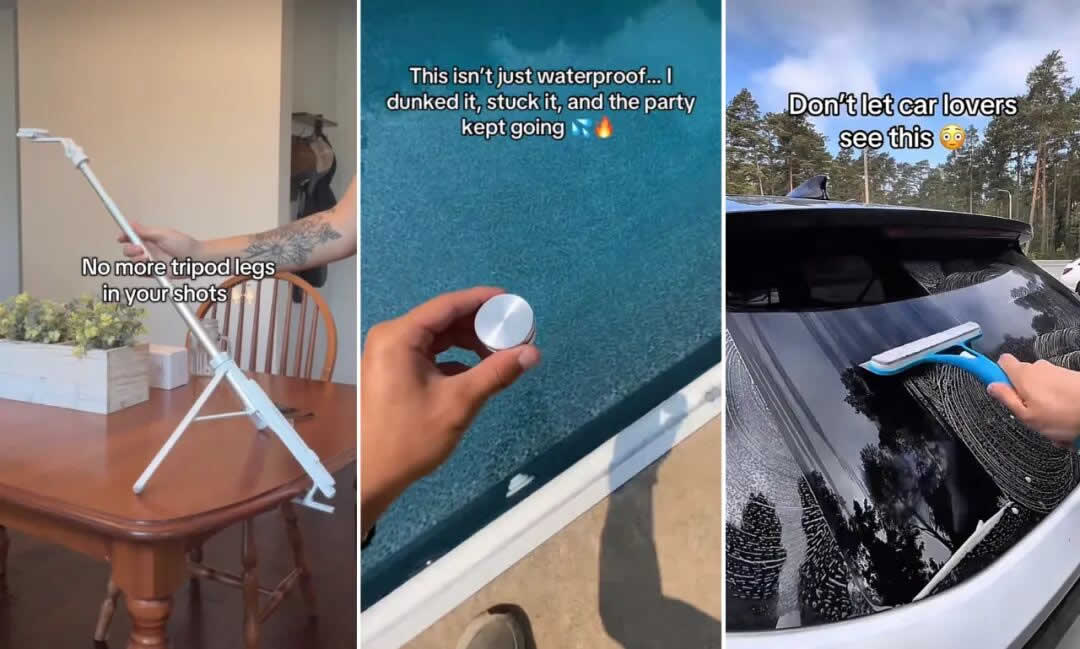
01 – Product Side: Multiple Selling Points to Unlock Different Consumer Groups
Many times when you feel a product has “stopped selling,”
the truth is—the current main selling point has already been fully absorbed by its target audience.
A product usually has several selling points, and each selling point corresponds to a different group of potential consumers with their own unique needs.
So, when one group has been saturated, what you need to do is not abandon the product, but switch the selling point and target a new group.
Tips: How to switch selling points?
Do the research. Don’t rely on gut feelings or imagination.
For example, take a multifunctional cooking pot:
- You can first market it as a “breakfast lifesaver” to attract moms.
- When that wave slows down, rebrand it as a “must-have for renters in small apartments,” targeting young tenants.
- You could also position it as a “game-changer for dorm life,” going after college students…
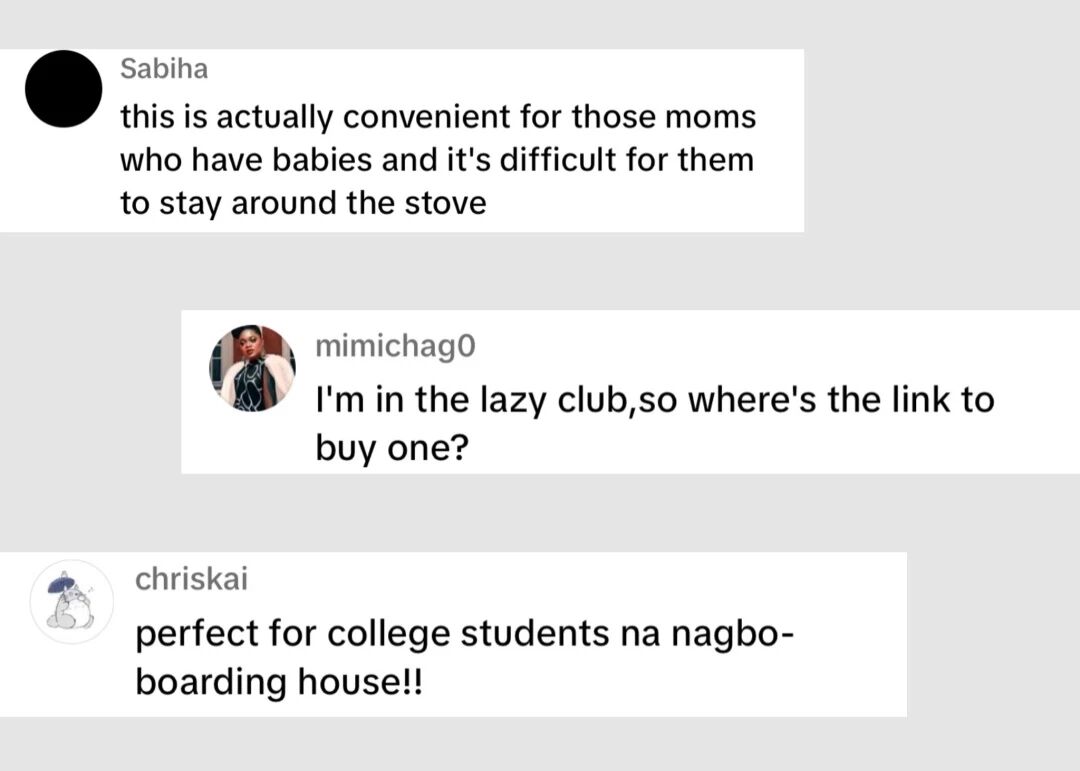
- Each time you switch to a new selling point, you get the chance to reach a fresh group of consumers.
- Only when all real and effective selling points have been fully explored is the product’s value truly maximized.
02 – Content Side: Refresh Templates to Re-Activate Potential Audiences
Did you know that on TikTok, users might still need your product—they’re just tired of seeing the same content.
Since TikTok is content-driven, even if your product’s selling points haven’t changed, using the same content template over and over makes users lose interest, swipe away, and stop ordering.
That’s why, when a content template is clearly running out of steam, you need to switch it up in time to re-activate your audience.
For example, if you’ve always been doing “pain point + product demo,” now you can:
- Add “topic hooks” that speak directly to your target audience.
- Switch to new templates like “immersive ASMR usage scenes” or “side-by-side product comparisons.”
Once the content feels fresh again, even an old product can enjoy a “second spring,” sparking user interest all over again.
Many products follow this exact path:
“They seem like they’ve stopped selling—until a new content approach makes them go viral again.”
03 – Traffic Channels: Unlock Multiple Paths to Repeatedly Reach Audiences
Many sellers rely only on a single channel—like organic traffic or influencer promotions. Once that channel dries up, they assume the product has reached its limit.
But—TikTok actually has five traffic channels:
- organic short video traffic;
- paid ads;
- livestream selling;
- product cards;
- Influencer collaborations.
The audiences behind these channels don’t completely overlap.
Ran out of organic traffic?
Hit them again with paid ads.
Run it again through livestreams.
Have influencers push it once more…
By repeatedly reaching your target audience through different traffic channels, you not only improve conversion efficiency but also greatly extend the product’s sales cycle.
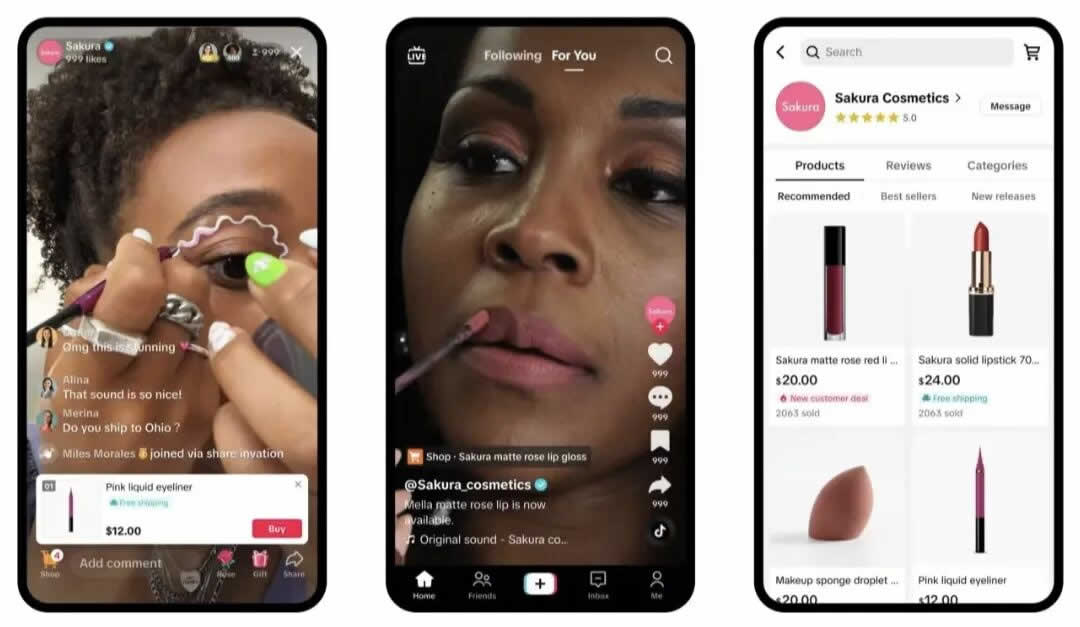
So, back to the original question: “How long can a product sell on TikTok?”
The answer isn’t “X days” or “X weeks,” and there’s no such thing as a “fixed viral cycle.” Instead, it depends on:
- How many effective selling points you can uncover.
- How many differentiated content templates you can create.
- How many traffic channels you can unlock.
A product’s lifecycle is never limited by time—it’s determined by your research ability and your content capability.

